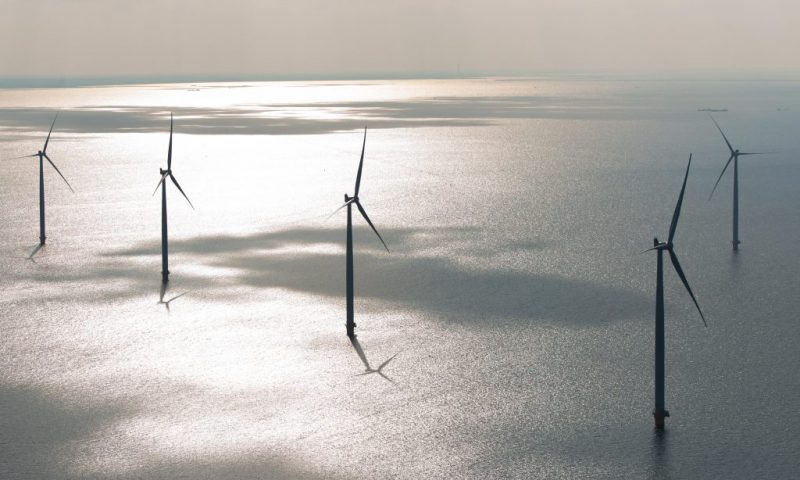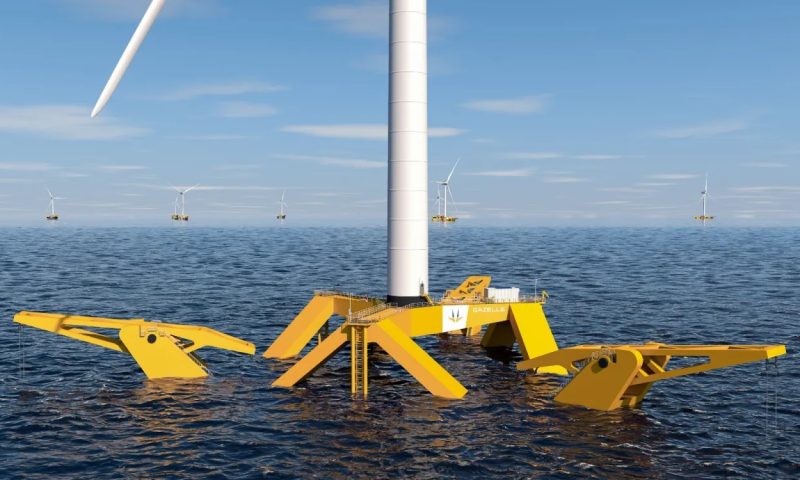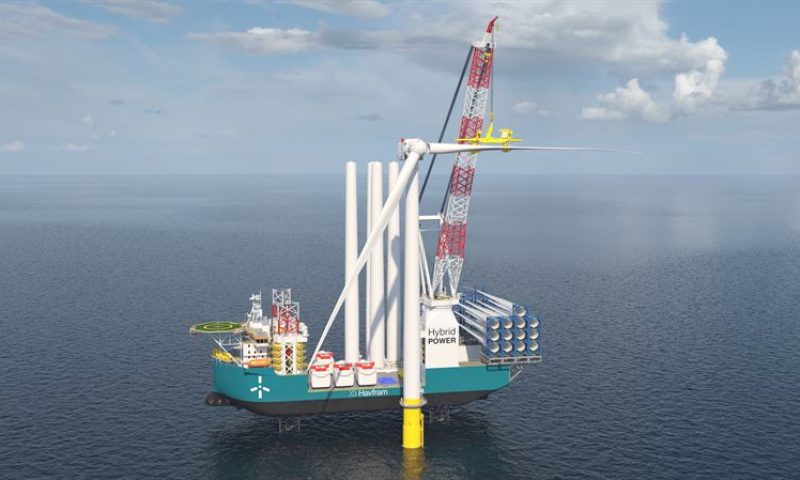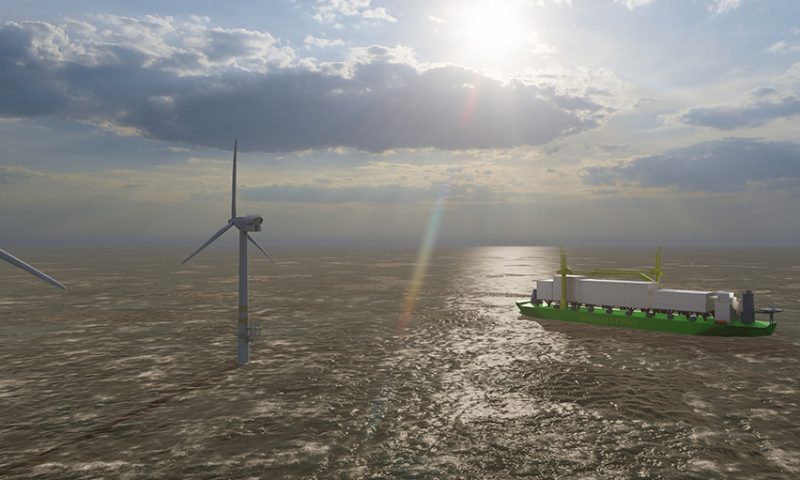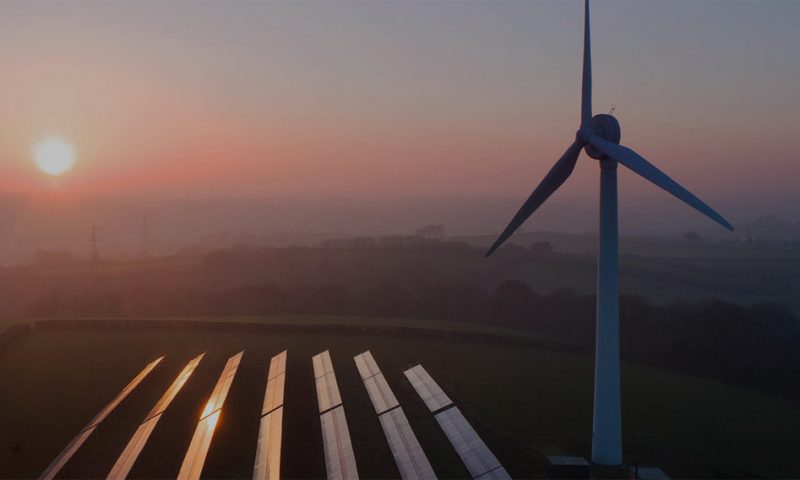
ENGIE Opts for a Diversified and Close-Fitting Energy Mix
Solar or wind power? Biomethane or green hydrogen? ENGIE, a pioneer in the development of renewable energies, has never asked the question in these terms. All the renewable energy sources have a place, as the move towards carbon neutrality gathers pace, which is why, right from the start, ENGIE has opted for an energy mix built on the diversity and the complementarity of energy sources. Gwenaëlle Avice-Huet, Executive Vice President of ENGIE, in charge of the Renewables Global Business Line, explains.
Why did ENGIE choose an energy mix built on diversified renewable energy sources right from the start?
Gwenaëlle Avice-Huet: Our corporate purpose is to accelerate the transition towards a carbon-neutral economy. We have known for a long time, that this transition will only succeed if we develop a carbon-free energy mix. This is the reason why ENGIE is wagering on both reduced energy consumption and the close fit between different energy sources as factors of success in the rapid reduction of greenhouse gas emissions. This tight fit between the various energy sources plays a key role in enabling our energy system to strike a balance between production and consumption in real time. Thanks to a diverse and complementary mix of renewables, we can produce the right energy for the right use, while always having at least one available source to meet demand.
Today, how do we benefit from choosing a diversified mix at such an early stage?
Gwenaëlle Avice-Huet: By developing a broad range of renewables, we can support the regions and industry in the deployment of local and carbon-free production infrastructures. These infrastructures – solar power plants, onshore and offshore wind power farms, biomethane injection units, geothermal power plants, etc. – are well suited to the needs and the resources in the regions, and they offer a clean and resilient means of production. This model shortens the supply chains and promotes local energy resources and production. This model has demonstrated its value during the COVID-19 pandemic, because it has highlighted the key role that renewable energy solutions can play in making our energy system stronger, by producing green electricity or gas, such as biomethane, and renewable hydrogen.
How can we speed up the development of renewable energies today?
Gwenaëlle Avice-Huet: In 2019, renewable energy sources accounted for 72% of new capacity. This process is clearly gathering pace. And it is also being driven by technological improvements, economies of scale and the competitive performance of the supply chains, which have significantly cut the cost of electricity from renewable sources. As a result, the cost of producing solar photovoltaic energy and onshore wind power has been cut by more than 80% and by 40% respectively in 10 years. But lower costs and the development of new capacity, while they are indispensable, are not enough to achieve a carbon-neutral world. And we have to connect the technologies to one another. In particular, we will need low-carbon energy sources (biogas, hydrogen, etc.) and links between different sectors to make our future electricity systems even stronger, more profitable and more reliable.








